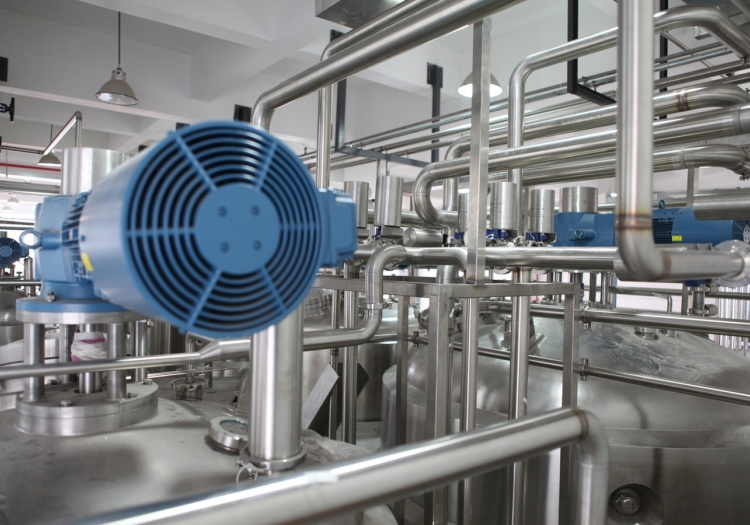
What are Heat Islands and How Do they Affect Us?
There are many aspects of the environment that have to be considered by modern consulting engineers, as each one can have a significant effect on how buildings operate in the real world. Heat islands represent one such aspect and it’s a phenomenon that relates to urbanised areas that can lead to major spikes in temperature when compared to rural areas.
At Varming Consulting Engineers Ireland, our building design team has to factor in paradigms like heat islands, as they’re a variable that can really move the goal posts when it comes to the thermal performance of buildings.
Here’s why.
The Definition
Urban areas like cities are typically made up of built environments that are themselves comprised of large non-natural areas of concrete and tarmac. This means that building services design consultants and architects alike have to accommodate for the fact that these areas can be significantly warmer, in fact, 1-12°Centigrade warmer than rural areas that surround cities.
This is because the lack of vegetation, grass and soil in these urbanised areas cause heat from the sun to be absorbed, rather than reflected. This issue is further exacerbated by the fact that city streets act like canyons, inhibiting fresh air flow.
How They Affect Us
Heat islands can have a profound effect on those living within these urban locations, as the increased air temperature, decreased air quality and poor water quality can all combine to make us less healthy. Add this to the fact that these conditions result in the increased use of mechanically and electrically powered air conditioning systems, which also give out heat in their operation, and it soon becomes evident why mechanical and electrical engineers have to factor this phenomenon into their building designs.
How to Combat Them
The good news is that there are measures that can be employed to combat the effects of heat islands, including integrating Nature Based Solutions such as the creation of natural areas within urban environments, green roof and vertical gardens which provide shade and humidify and cool the ambient air through evapotranspiration. The more vegetation that exists within a built-up area, the more of the excess heat is dispersed. You only need to head into the countryside to feel how much cooler it feels there to understand the effect non-natural areas can have on temperature. This was the subject of Declan Alcock’s presentation at the recent ARCC2019 conference in Ljubljana, Slovenia which brought together European Experts to share their expertise in Nature Based Solutions to promote resilient cities & communities. https://www.arcc2030.eu/
If you would like to know more about heat islands or about any of the sustainable design techniques employed by our experienced team of m & e engineers, you can find out lots of useful information on our website www.varming.ie, as well as details of our past work.
Alternatively, if you would like to discuss the details your project with our team, you can do so by calling our Dublin office on +353 (0)1 4872300.

